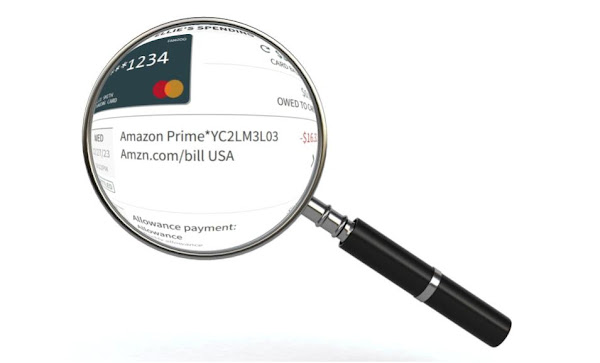Now is the perfect time to sit down with your child and conduct a year-end review of their finances. If delivered diplomatically, a gentle audit will nudge them toward better fiscal habits in the year ahead.
To set the right tone for a candid exchange, I like to break the ice by confessing one or two boneheaded financial mistakes of my own. Like when I wasted a gazillion dollars on an unnecessary storage locker — for 13 years! Hey, we all make financial mistakes, right?
As you browse through your kid’s transactions from the past year together, here are a few things to look for and discuss:
Pro tip: You may want to download the transactions into a spreadsheet for easy searching, sorting, and analysis.
- Unwanted subscriptions. See any recurring charges for subscriptions that are no longer used or valued? Cancel them.
- Unrecognized charges. First, check to see if any unexpected charges fall into one of these five categories of faux fraud. A classic example: Amazon’s sneaky check-the-box-for-next-day-shipping trap. Check that box, and Voilà: your kid’s paying Prime membership fees 30 days later. For the faux fraud cases, seek refunds from merchants if appropriate. (We’ve found Amazon to be very accommodating when kids are involved.) For real fraud, lock the card and order a replacement.
- Regrettable purchases. Does your child notice purchases they regret in retrospect? Perhaps purchases driven by impulse, deceptive marketing, FOMO, envy, or other social pressures. For big purchases, consider agreeing on a waiting period — like the 48 Hour Rule. For questionable purchases, consider requiring a written proposal.
- Exorbitant purchases. You’ll probably find some expensive items that have more affordable alternatives. The alternatives may require a little extra legwork, planning, or research. DoorDash is super convenient, but it’s super expensive! How about biking to Chipotle instead? Costco offers high quality bargain alternatives to many items bought at the mall or online. Bulk store-bought sodas beat one-off vending machine sodas on price by a wide margin. (Not to mention the fact that vending machines are magnets for card skimming devices. Beware!)
- Busted budget. Is your child struggling to stay within budget for clothing, food, or some other category? Was last year’s budget realistic? If not, now’s the time to fine tune the budget worksheet.
- Excessive declines. If your child is racking up scores of failed transactions, you’ll want to select the red Declined lozenge next to each to see the reason and the remedy. Our card processor will eventually interpret excessive declines as suspicious activity and slap a lock on the card. More importantly, valuable financial lessons lurk within failed transactions — like the five lessons here.
- Savings rate. What fraction of incoming dollars were squirreled away instead of spent? Consider automating savings with splits on allowance, chore, or one-off payments. Revisit percentage allocations on existing splits and adjust if appropriate. To cement saving habits, consider parental incentives like matching contributions or aggressive parent-paid compound interest.
- Donation rate. What fraction of incoming dollars were donated? Are splits being used to earmark a fraction of incoming funds for charitable giving? Time for a year-end donation?
- Income opportunities. Discuss opportunities for earning more — like extra odd jobs around the house/neighborhood, part-time/summer jobs, or entrepreneurial efforts.
If your kid is feeling defensive at this point, remind them that money mistakes are inevitable — even for parents. Consider how an audit of your own accounts would hold up to the scrutiny above. Humbling, isn’t it? 😬


 Newer Post
Newer Post

Post a Comment